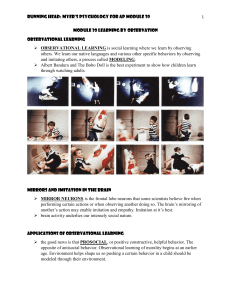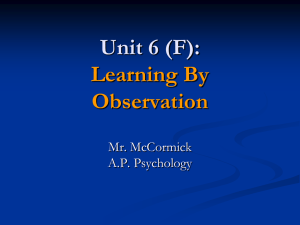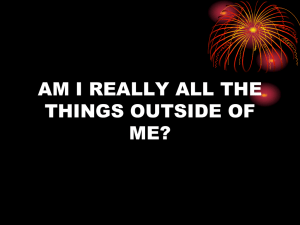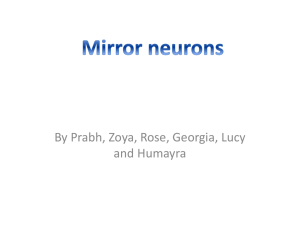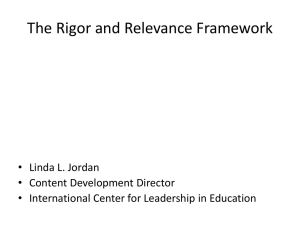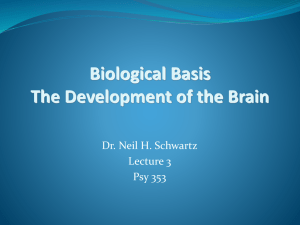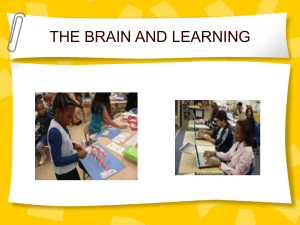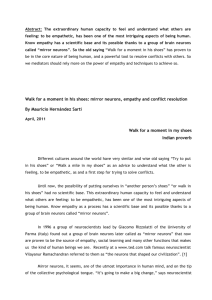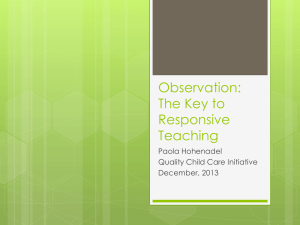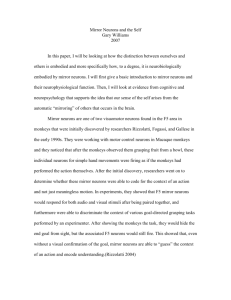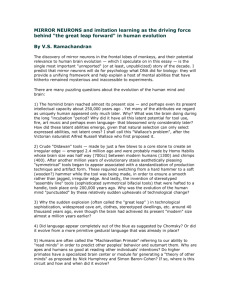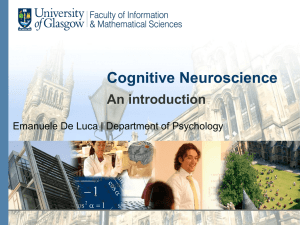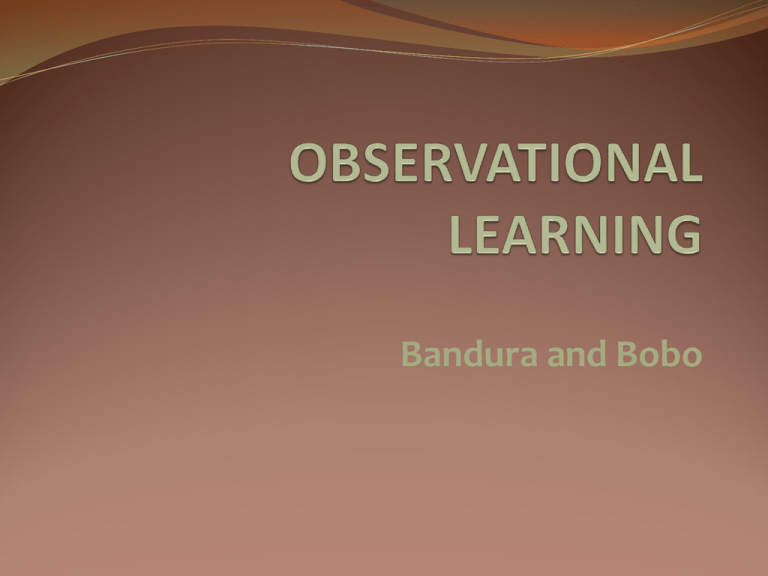
Bandura and Bobo
Observational Learning
Learning by observing
others. Also called
SOCIAL LEARNING.
Do we learn by
observing others?
What do we learn by
observing others?
Why is this important
from an evolutionary
perspective?
Social Learning Theory
The theory has often been called a
bridge between behaviorist and cognitive
learning theories
Bobo Doll Experiment
What is going on during the
experiment?
What does this experiment
prove?
Why do you think the violence
increased?
Do you think the results would
be the same if this experiment
was redone today?
Modeling
The process of
observing and
imitating a
specific
behavior.
When is
modeling most
powerful?
Necessary conditions for effective
MODELING:
Attention — One’s characteristics (such as sensory
capacities, arousal level, perceptual set, past
reinforcement) affect attention.
Retention — Remembering what you paid attention to,
including symbolic coding and rehearsal, mental images,
cognitive organization, motor rehearsal
Reproduction — Being able to reproduce the image,
Including physical capabilities, and self-observation of
reproduction.
Motivation — Includes having a good reason to imitate.
Mirror
Neurons
Frontal lobe
neurons that fire
when performing
certain actions or
when observing
another doing so.
The brain’s
mirroring of
another’s action
may enable
imitation and
empathy.
Mirror Neurons
While the practical application of mirror neurons are
not fully realized or understood yet, the very existence
of such neurons hints at the brain-behavior link for
empathy and observational learning.
Pain
Empathy
Prosocial Effect
Modeling can promote positive, constructive, helpful
behavior. The opposite of antisocial behavior.
How can we see this effect in our society?
What effect do celebrities have on our society?
Movie Stars
Musicians
Athletes
Have you ever modeled your behavior after
someone?
Antisocial Effect
Abusive parents might have aggressive children
Repeated exposure to violence and antisocial behavior
on TV has a correlation with an increase in
Bullying
Easy Sex – Untrue belief of no consequences
Reduced Empathy
Gender Stereotyping
Does TV cause society changes or does it reflect society?
Crime Rates per 100,000
Violent Crimes
Murder
1990
729.60
1990
1995
684.50
1995
8.2
2000
506.50
2000
5.5
2005
469.60
2005
5.6
2009
429.40
2009
5.0
9.4


